How to season wood: get your firewood in ship shape for camping season
Our tips on how to season wood so that your logs reach the optimum condition for your stoves and for clean and consistent campfires
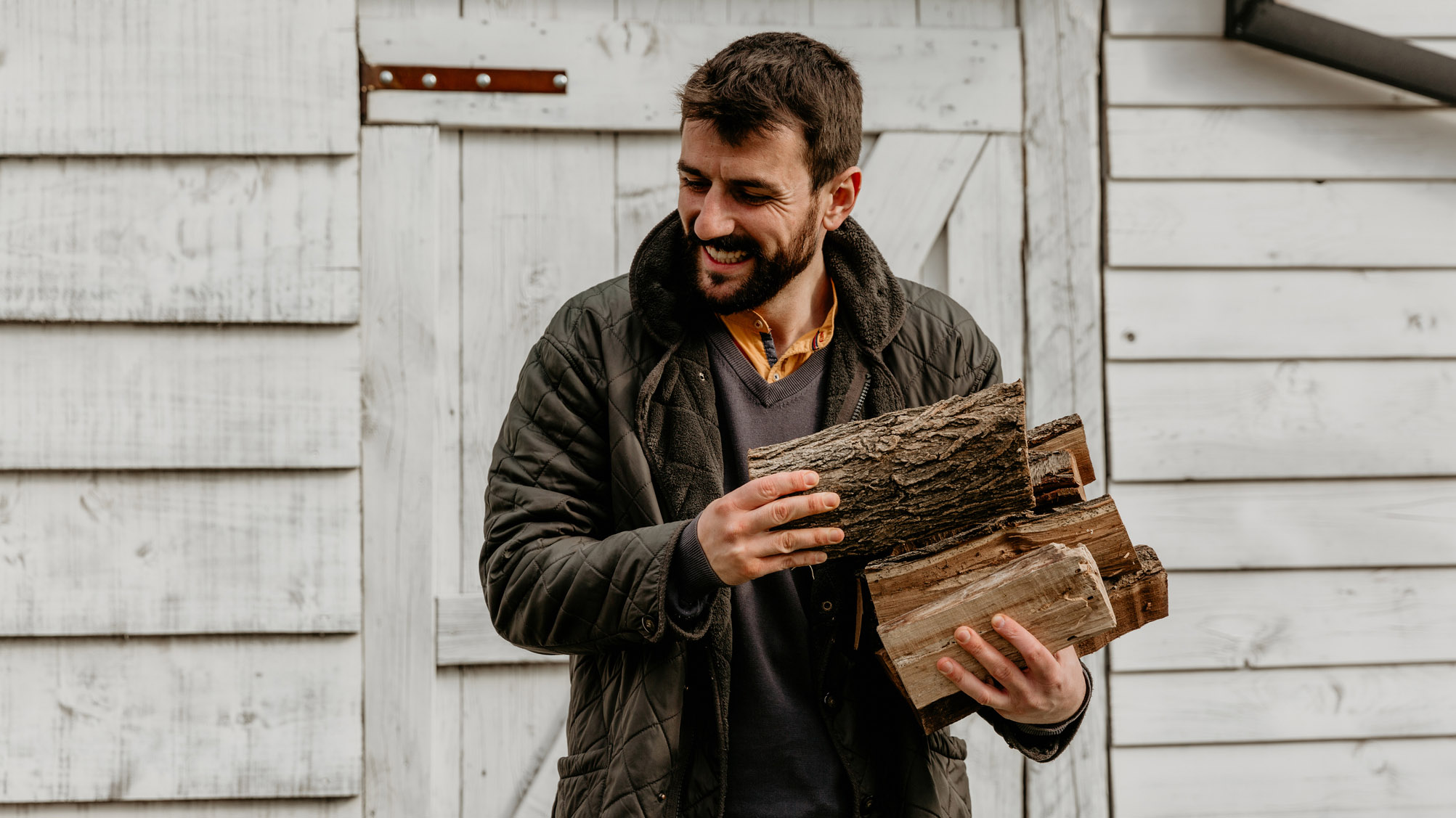
Knowing how to season wood properly will make a world of difference when you come to build your campfire or get your wood burning stove going. Seasoning is the process of slowly drying out your logs over many months, or even years in the case of some hardwoods, to give you the best firewood. It is sometimes referred to as curing, too.
Wet wood won’t work well if you want wonderful campfires (try saying that after a few beverages around the fire). Wood from a newly felled tree is known as green wood and it contains up to about 50% moisture content. Logs that have not been seasoned properly are trickier to ignite, will burn less efficiently, produce loads of smoke, pollute the environment and will be detrimental to the lifespan of your wood burning stove, as they produce creosote. Not ideal, I’m sure you’d agree.
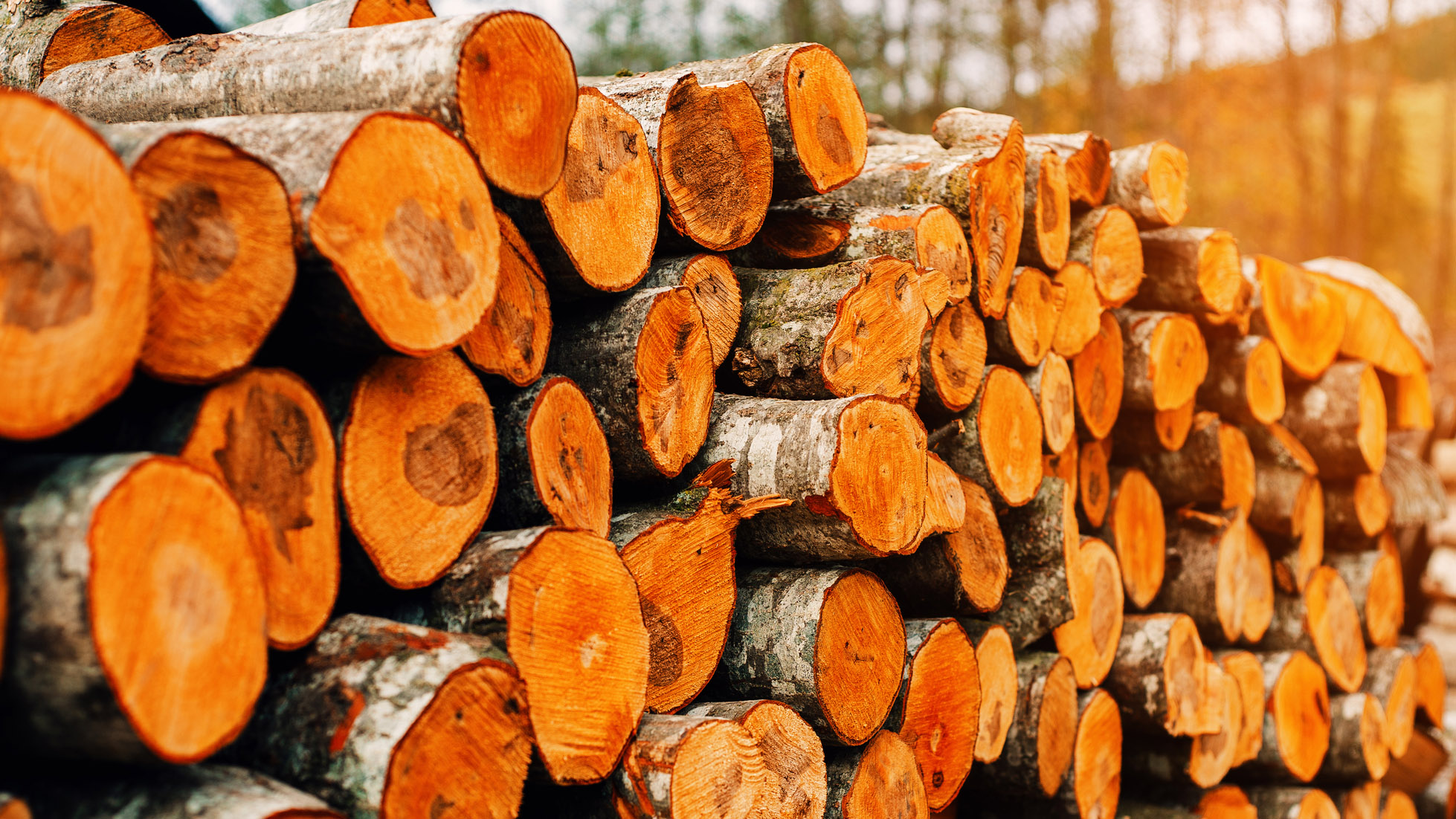
So, next time you pitch your camping tent and start a campfire, you'll want to ensure you’ve got properly seasoned firewood – wood that has been patiently seasoned and ready for the fire should have less than 20% moisture content. This magic percentage can take a while to achieve, depending on the type of wood.
However, the wait is worth it for a consistent, reliable, and clean burn. The last thing you want when cooking with your wood burning stove, or singing around the firepit, is a fire that keeps going out, won’t ignite easily and throws smoke out at you and your campmates.
How to season wood: time required
The best trees for firewood are generally deciduous hardwood trees like oak, ash, hazel, beech and birch. Wood from these trees is denser and they burn slower and for longer than softwoods like cedar and pine. However, they also take longer to season, with most varieties taking at least a year to reach the 20% mark and species like oak taking up to two years.
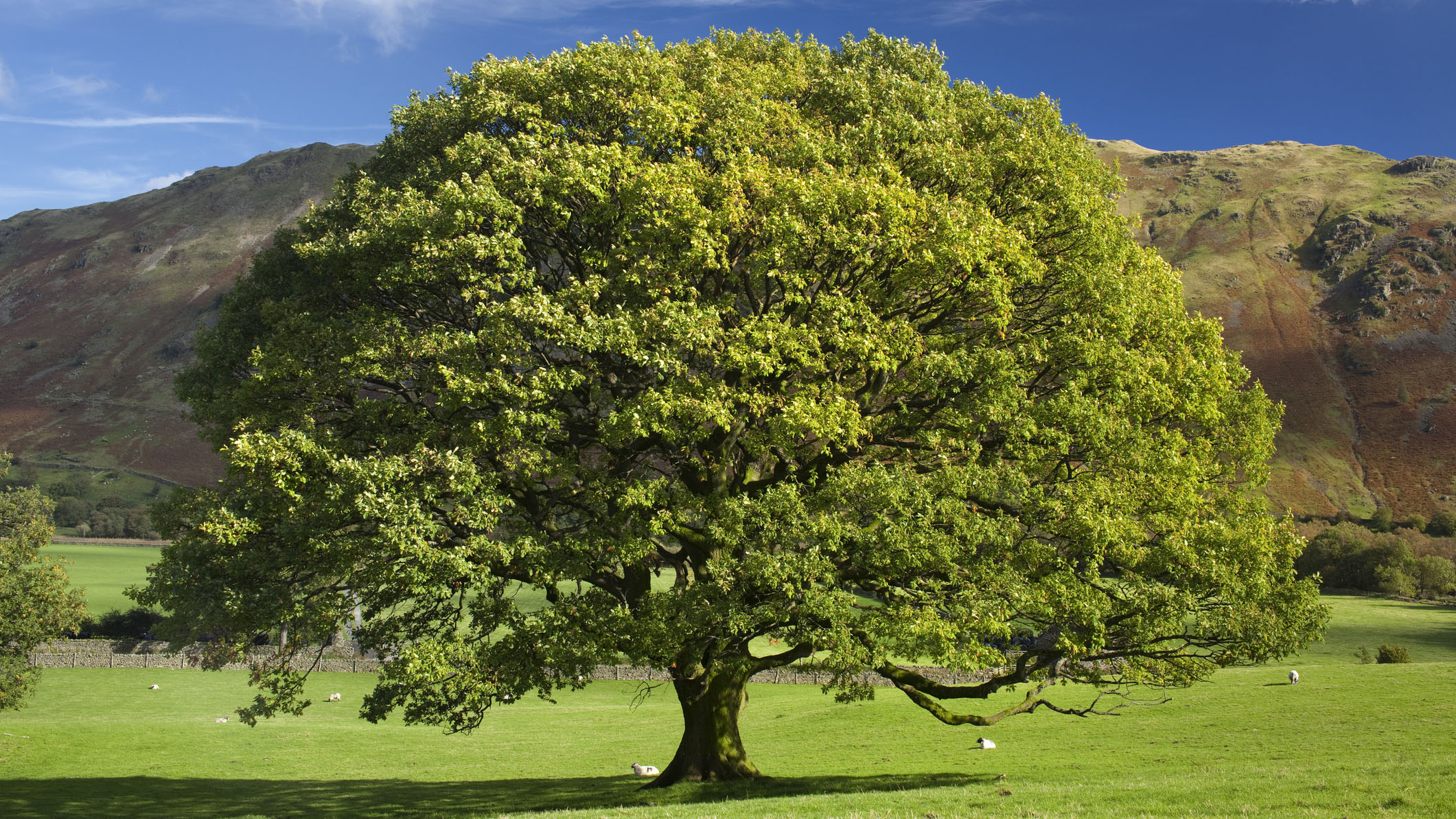
Softwoods come from evergreen trees and take less time to season, usually between six and twelve months. However, they are not as prized for firewood as hardwoods because they generally do not burn for as long, so you’ll have to keep topping the fire up, nor do they radiate as much heat as their deciduous cousins. On top of this, many softwoods are also sootier, cause more creosote build up and some have a tendency to spit, which can be dangerous. Having said all of that, cedar is a good softwood option, as it produces a pleasing scent and burns relatively well.
The season the tree is cut also has a bearing on how long the wood should be seasoned. Moisture content is higher during spring and summer than it is during the colder months. This makes winter the preferred season for chopping down firewood for the fire.
Advnture Newsletter
All the latest inspiration, tips and guides to help you plan your next Advnture!
How should I store my wood in order to season it?
When it comes to knowing how to season wood, storage is key. Once you know how to store firewood, all you need to do is let time do its thing.
Knowing how to chop firewood is a useful skill here, as smaller pieces will allow moisture to evaporate quicker than large chunks. Ideally, you want to get pieces with a maximum diameter of 8 inches (20cm), while pieces of around 15 inches (38cm) in length will fit in most stoves.
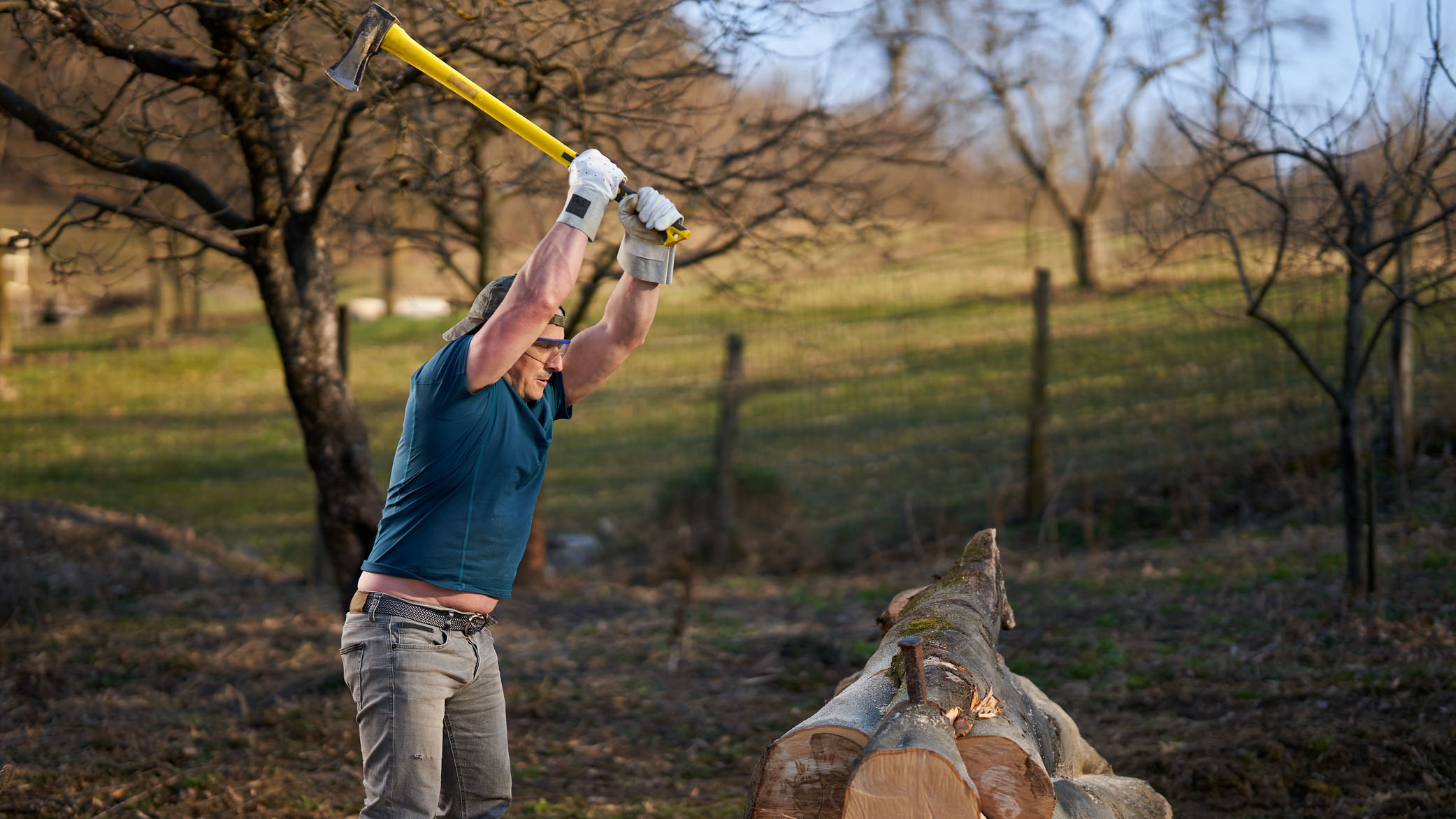
Firewood should be stored outside in as bright a spot as possible. Bear in mind that a log’s bark will offer it natural protection from rain and many advocate this being the only form of shelter you need, while others recommend sheltering logs from above. If very wet weather is forecast, it’s worth completely covering your logs with something like a tarp, until the weather improves.
Ideally, you should stack your logs in rows of up to four feet high and make sure they are off the ground, using something like a pallet or a concrete platform as the foundation. A jumble of logs placed in a haphazard fashion won’t dry as effectively as neatly ordered stacks where air is free to flow.
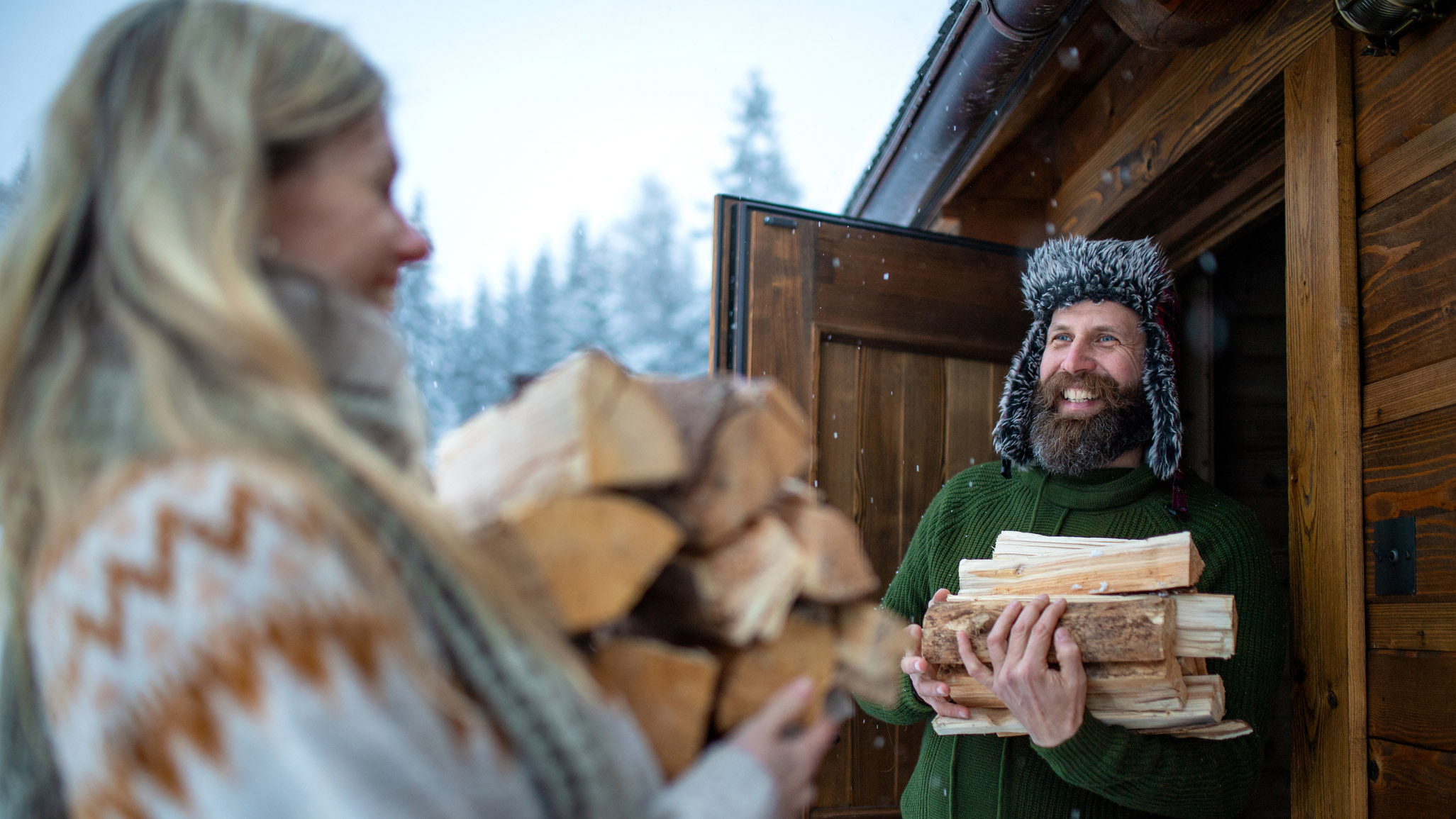
Storing logs inside in a garage or outhouse will not allow the moisture level to reduce to the magic 20% mark. As well as this, it’s likely that a population of mini beasts will still be living on the wood and you don’t want them invading your house.
How do I know my wood is ready to burn?
After months or years of seasoning, there are a few tell-tale signs that wood is ready. Take two of your seasoned logs and bash them together. What you’re listening for here is a clear knock or ring, rather than the dull thud you’d expect with green wood. Study the appearance of your logs closely. If you can see radial cracks around their exposed edges, this indicates dryness. Their coloration should also be pale. In terms of feel, a seasoned log should weigh much less, and the bark should also come away easily.
Of course, You can always cheat all this and use a wood moisture meter to get a definitive reading.
Alex is a freelance adventure writer and mountain leader with an insatiable passion for the mountains. A Cumbrian born and bred, his native English Lake District has a special place in his heart, though he is at least equally happy in North Wales, the Scottish Highlands or the European Alps. Through his hiking, mountaineering, climbing and trail running adventures, Alex aims to inspire others to get outdoors. He's the former President of the London Mountaineering Club, is training to become a winter mountain leader, looking to finally finish bagging all the Wainwright fells of the Lake District and is always keen to head to the 4,000-meter peaks of the Alps. www.alexfoxfield.com

